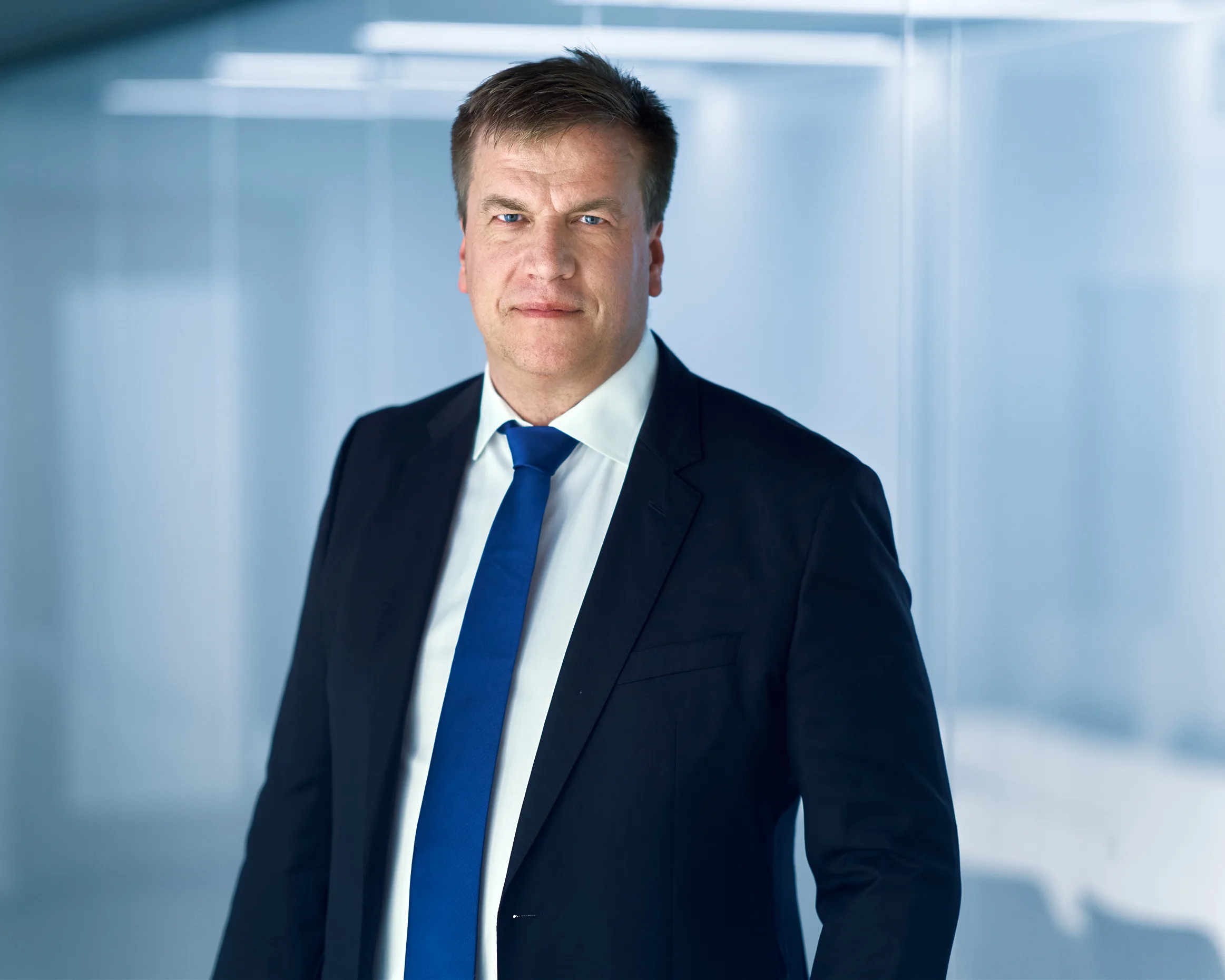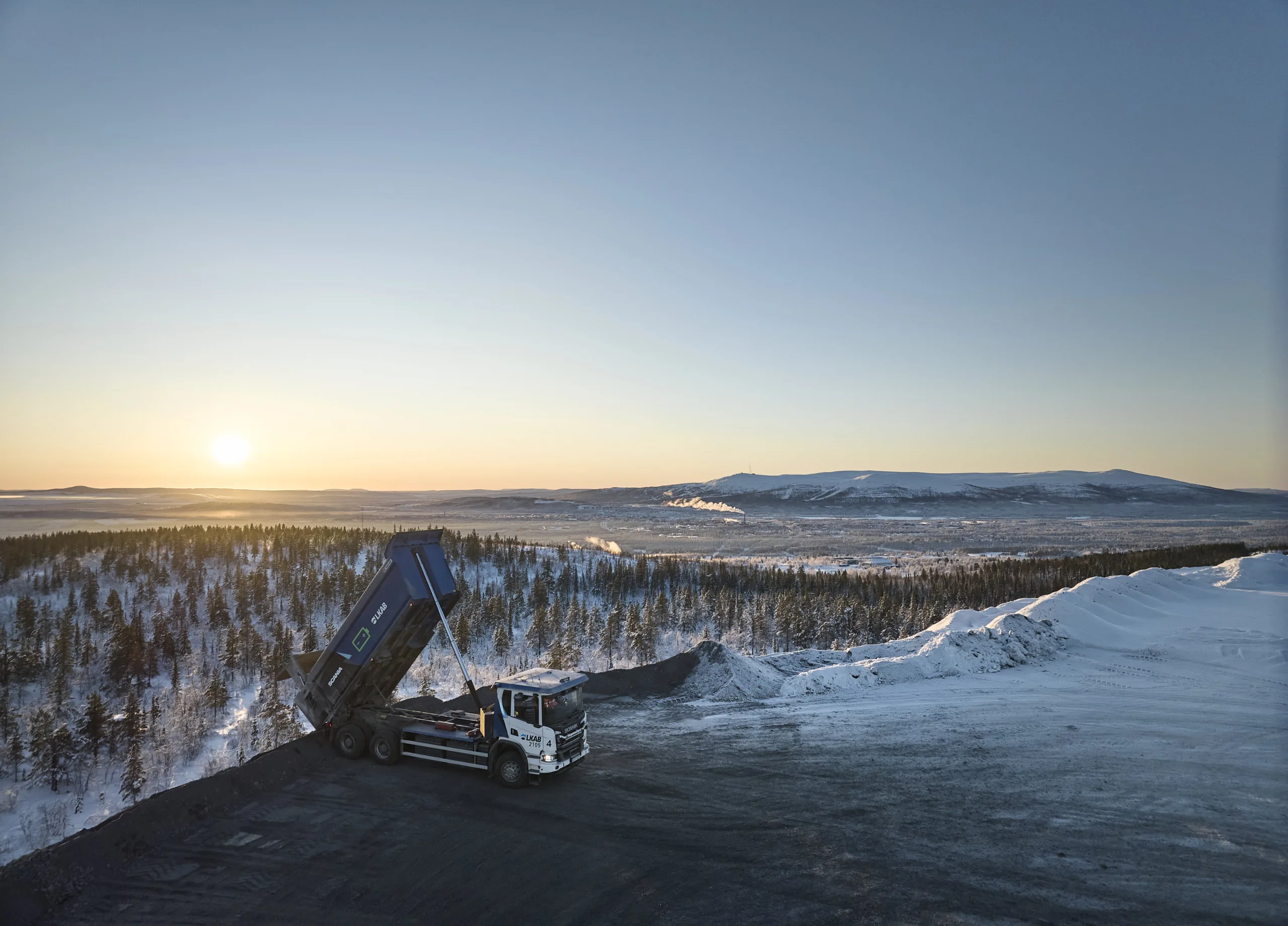Our successful exploration opens up new opportunities in Kiruna
With insights into the new deposit, we see that we can increase the production volume of pellets and fines in Kiruna. This means that the production of fossil-free sponge iron in Kiruna is moved forward to the 2040s. In Gällivare, the work is proceeding as planned with the HYBRIT technology and the demonstration plant for sponge iron.
“In Kiruna, we have a different situation compared to just a few years ago. With insights into the new deposit, we see that we can increase the production volume. This means that we will gradually be able to increase the production of iron ore by up to 50 percent during the 2030s”, says Jan Moström, President and CEO of LKAB.
We plan for the long term, with time horizons 30-40 years into the future. The aim is to have a mine with a long lifespan and a high level of competitiveness.
“It is clear that our successful exploration opens up new opportunities. The work we are doing now will secure mining operations for generations to come with regard to the deposits found in the Per Geijer ore, and by setting a new world standard for mining”, says Jan Moström.
LKAB’s future plans involving the three-legged strategy still apply. The first of the three legs – that LKAB will set a new world standard for mining – is being achieved by developing automation, electrification and digitalisation, therein encompassing increased volumes at lower cost. In the second leg, focus is placed on raising the degree of processing into sponge iron to ensure our long-term competitiveness, while the third leg involves broadening the business with the extraction of critical minerals.
“We increase our competitiveness through the extraction of by-products in our deposits. We increase the degree of processing both by producing sponge iron for fossil-free steel and by extracting rare minerals and phosphorus. All these aspects will be developed in parallel, although they are affected by a number of external factors we cannot always influence”, says Jan Moström.
Such external factors involve, among other things, the capacity of the Iron Ore Line, the expansion of the main grid for electricity, and permits.
“The capacity of the Iron Ore Line is absolutely crucial – we simply cannot have a mine without functioning logistics. We have had a positive collaboration with the Swedish Transport Administration over the past year, and during the summer we were able to get more deliveries out than we previously thought would be possible. However, the capacity needs to be enhanced if we are to be able to produce at full capacity and grow our production in the future”, says Moström.
The basis for the assessment of the future market is that the transition of the steel industry will continue. That said, the timetables and LKAB’s view of the timeline regarding the development and expansion of processing into sponge iron are affected.
“The immediate focus is on the plans for the demonstration plant in Gällivare. Production will then gradually increase in Gällivare, while a continuation in Kiruna with sponge iron will likely come after the 2040s. This also affects our expected electricity needs moving forward and the rate at which our transition needs to have access to more electricity”, says Moström.
Can you clarify what this means in terms of changed electricity needs?
“It means a decrease in the need for the electricity we need. The assessment is that the period until 2030 should be able to be managed within the scope of existing electricity systems – the needs until then concern the planned demonstration plant in Gällivare, about 5 TWh, as well as the industrial park we are planning for phosphorus and rare earth metals in Luleå, about 2 TWh, so in total we are talking about 7 TWh. For us, the expansion of the main grid to Malmberget and Kiruna are more important issues in the short term”, explains Moström.
Even if the need for electricity decreases, there are still challenges to be faced when it comes to the electricity grid in Kiruna, the permit process and the Iron Ore Line, the capacity of which is already inadequate.




